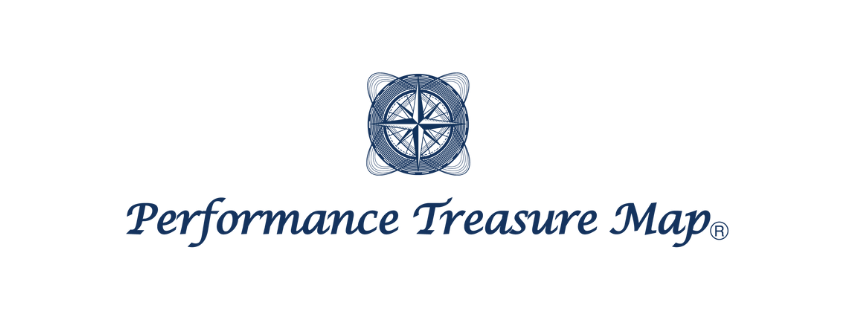Thank you for visiting this blog!
In this blog, I will introduce the “Corrective & Preparation Exercise,” which is the final point of meaningful subdivision within the Performance Treasure Map, specifically the Original K-Map.
I aim to deepen your understanding of this exercise by explaining:
- The purpose, procedure, and precautions for each exercise
- The principles and fundamentals involved in performing the exercise
- How it links to performance (the treasure)

After reading this blog, I hope it will help you prescribe exercises to your clients and athletes!
Today, I’ll introduce “Crocodile Breathing”!

Classification of Exercises in the Original K-Map
When breaking down the factors of performance, they can be classified as follows:
Range of Motion Muscle Function Technique
Further subdivision leads to:
Normalization of Breathing Patterns
Acquisition of Mobility and Stability
Core Reflex and Co-contraction
Activation of Surrounding Muscle Groups
The “Crocodile Breathing” exercise primarily utilizes:
Normalization of Breathing Patterns Core Reflex and Co-contraction
While there are many similarities to the previously introduced “90/90 Breathing,” let’s review together!
Principles and Fundamentals
First, let’s discuss the principles and fundamentals involved in the exercise.
The key concept introduced in the previous blog regarding “Breathing” is crucial!
▼Breathing【General Principle】

Our most primitive and early movement pattern is “breathing,” and it is important to acquire this correctly.
Without proper breathing, it is impossible to optimize other movement patterns
(Karel Lewit)
During inhalation, the diaphragm contracts, and the ribs elevate and externally rotate.
During exhalation, the diaphragm relaxes, and the ribs depress and internally rotate.
During inhalation, the diaphragm contracts, and the ribs elevate and externally rotate. During exhalation, the diaphragm relaxes, and the ribs depress and internally rotate.

Connection to Performance
Primary and Accessory Muscles

If proper breathing is not maintained and the accessory muscles for exhalation (the abdominal muscles) become overactive, the diaphragm cannot function normally, leading to compensatory movements at its origin.
As a result, excessive lung expansion due to failure to maintain zonal air pressure (ZOA) can lead to decreased lung capacity, shallow breathing, and hypertonicity of respiratory accessory muscles like the sternocleidomastoid and scalene muscles.
Core Stabilization Strategies – ECSS
E:Extension
C:Compression
S:Stabilizing
S:Strategy
This strategy involves gaining core stability not by engaging the abdominal muscles or intra-abdominal pressure, but rather by hyperextending the back, which is often seen as a compensatory movement during squats and deadlifts.
This can increase the load on the lumbar intervertebral joints and the erector spinae, contributing to lower back pain and decreased performance.
The result is the common posture below that seen in these situations.
Open Scissors Syndrome

To improve these issues, normalizing breathing patterns and increasing intra-abdominal pressure is necessary.
Crocodile Breathing

Purpose
Normalization of Breathing Patterns
Acquisition of Core (Postural) Stability
Starting Position
Lie face down with both hands on your forehead.
Procedure
Inhale for 3 seconds, filling your back with air.
Then exhale for 3 seconds, and repeat.
Points
Be careful not to elevate your shoulders.
Conclusion
This time, I introduced Crocodile Breathing!
In the K-MAP, while both are breathing exercises, Crocodile Breathing is positioned further along due to its ability to suppress anterior rib flare while breathing in the prone position, allowing for more natural movement of the posterolateral ribs.
Of course, this is not absolute and can vary based on the client you are prescribing it to.
What matters is having a clear “intention” behind the exercise!

Next time, I will introduce “Draw-In”!
Please look forward to it!
▼For those who want to know more about PTM and K-Map, click here
▼Purchase the Original K-Map here

This post is also available in ja.

